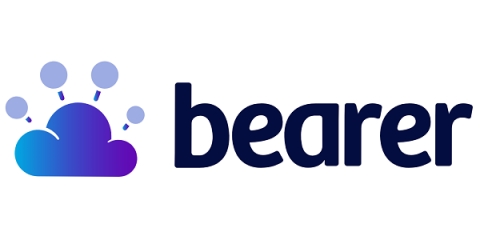Solving alias_method and prepend Conflicts in Our Ruby Agent
One way that we monitor API calls from within our customer’s applications is through our agent. The Bearer Agent hooks into every API call in order to read the request, read the response, and in some scenarios act upon that information. The agent replaces methods in the HTTP clients with instrumented versions that call the original methods.




